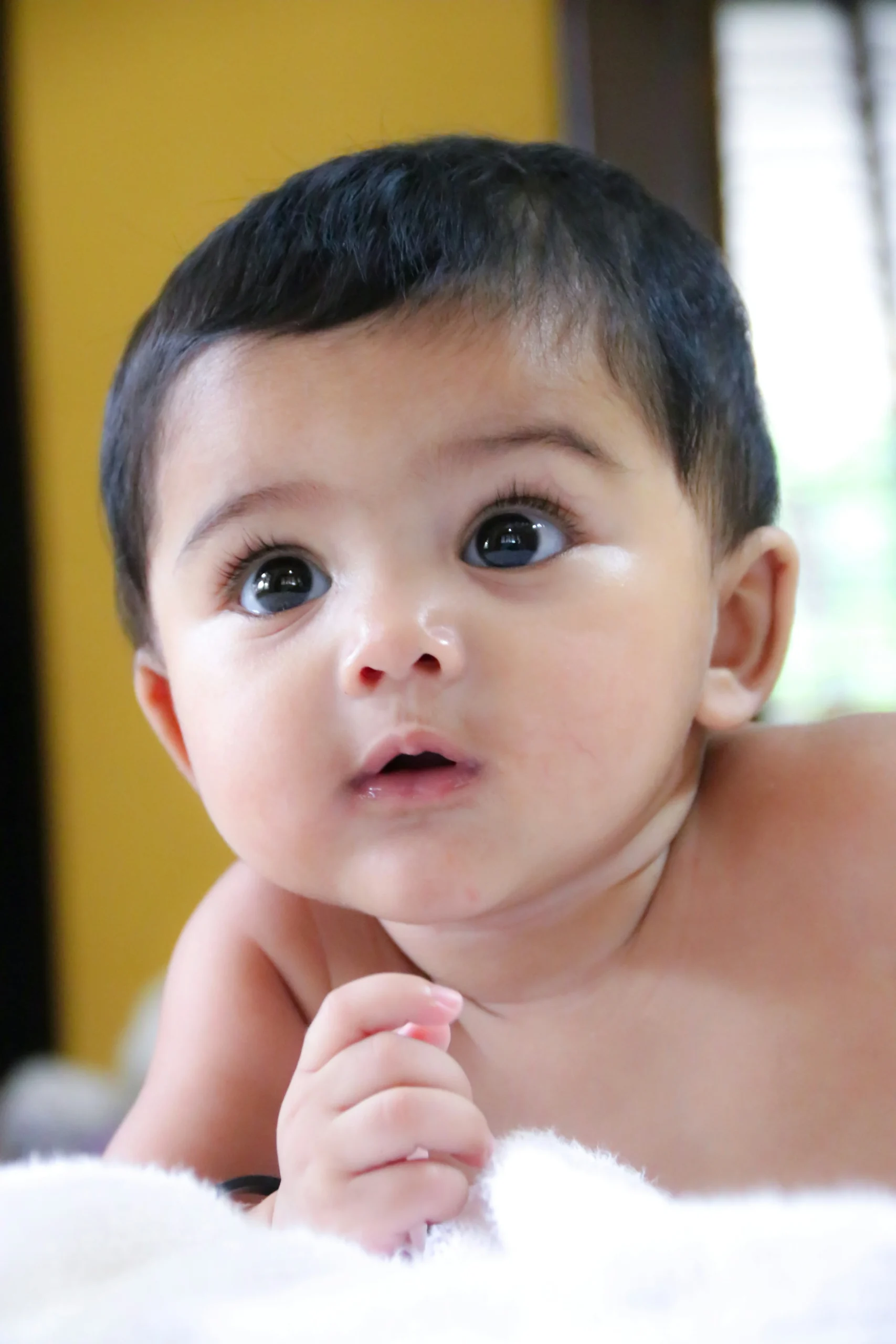I hear a soft crash followed by a thud and then peals of laughter. Another muffled thump interrupts, and it sounds like tiny bodies are rolling around on the floor. “Stop sitting on me! Stop sitting on me!” my 6-year-old shouts, while the 4-year-old cackles in delight. Another thud resonates in the air.
Ah yes, the boys are wrestling again. And you know what? I’m totally okay with it.
I’ve got three rambunctious boys, and my husband is the quintessential roughhousing dad—always flipping them upside down and encouraging them to create an “alligator stack” on his back, layering them by age. He tickles, wrestles, and even engages in a playful move known as “sloth” where they cling to his arm like little monkeys while he swings them around.
I might not be as adventurous, but I’m all about the hugs and physical affection. There’s usually at least one child finding their way onto my lap, and I’m often carrying around the youngest, who’s almost 3. They compete for space next to me on the couch and even hold my hand—yes, my 6-year-old too—when we’re out and about, like at Target or strolling down the street. We’re just a touchy-feely family.
Since Dad sets the roughhousing tone, it makes sense that they’d start wrestling with each other. What begins as a cozy game of burrowing under blankets quickly escalates into playful punches and rolling around. They sit on each other, push, and even cuddle together while sleeping, just like kittens. Occasionally, one of them lets out a wail, and they instantly pause to check in. They know to avoid face punches and private areas, and they respect each other’s limits.
So, I let them roughhouse. I genuinely believe it’s beneficial for them.
Science agrees with me. Physical touch releases oxytocin, which is a key player in social behavior. According to Psych Central, it helps build trust, reduce fear, and foster empathy. Not to mention, it lowers stress levels. The authors of The Art of Roughhousing and Why Kids Need It, Anthony T. DeBenedet, M.D., and Lawrence J. Cohen, present compelling reasons for kids to engage in rough play. They argue it enhances intelligence, emotional awareness, and even ethical understanding—definitely reasons to allow some wrestling in the living room.
My boys instinctively know which friends are up for some roughhousing and when to keep their hands to themselves. Some kids just aren’t into it, and my sons can easily pick up on that. They have a family friend group where roughhousing is nonexistent, and they respect that boundary. Then there’s my oldest son, who has a buddy as eager for play as he is. One time, his mom mistook their standard wrestling for something more serious, but no, it was just two kids having fun in life jackets while keeping their heads above water.
In today’s world, this might not fit the mold of typical parenting. The surge of helicopter parenting has made everyone overly cautious about potential injuries, so seeing two kids wrestling can look alarming. Every bruise or scrape is often traced back to some parental negligence. The notion of roughhousing gets boxed into “bad kids” and “bad parents.” Instead of letting their kids tumble, good parents are expected to preach “keep your hands to yourself.”
So, when I catch the disapproving stares at the playground as my boys tackle one another or duel with sticks, I remind myself that I’m not allowing them to wrestle out of anger. If they start to bicker over a toy or throw punches in frustration, that’s my cue to step in. That’s not the kind of wrestling we’re promoting. We only engage in roughhousing when both parties are on board. Anything else? That’s just fighting.
So long as there’s consent from both sides, I’m ignoring the helicopter parents. My kids will wrestle, roughhouse, and generally engage in playful brawls to their heart’s content. And you know what? I shouldn’t have to apologize for it.
If you’re curious about the ins and outs of parenting, check out our other blog posts, like this one on intracervical insemination. You might also want to explore the At Home Insemination Kit for a deeper dive into family planning. And for invaluable information on pregnancy, visit the CDC’s website.
In summary, while roughhousing may not be the norm in today’s parenting style, I believe it’s an essential part of childhood development. It fosters connection, empathy, and boundaries, allowing kids to learn about themselves and each other in a safe environment.
